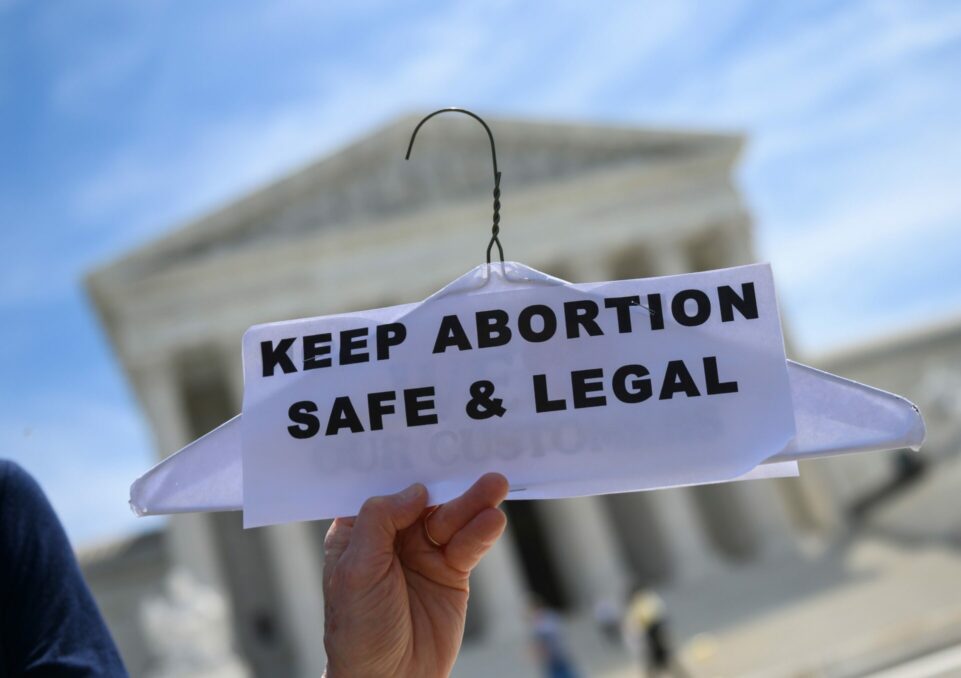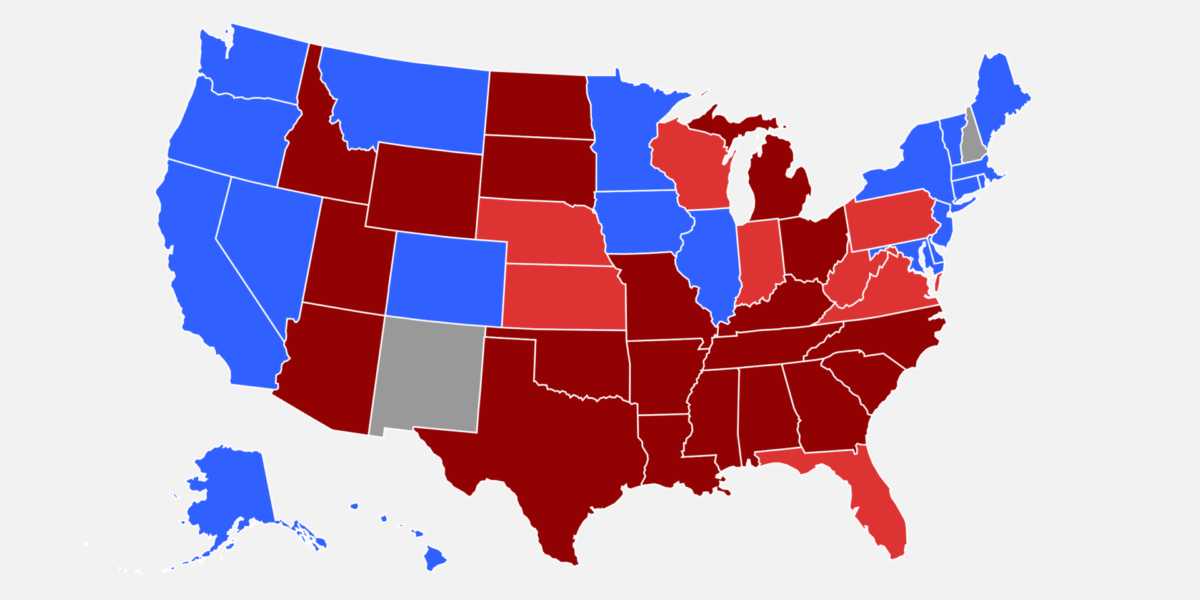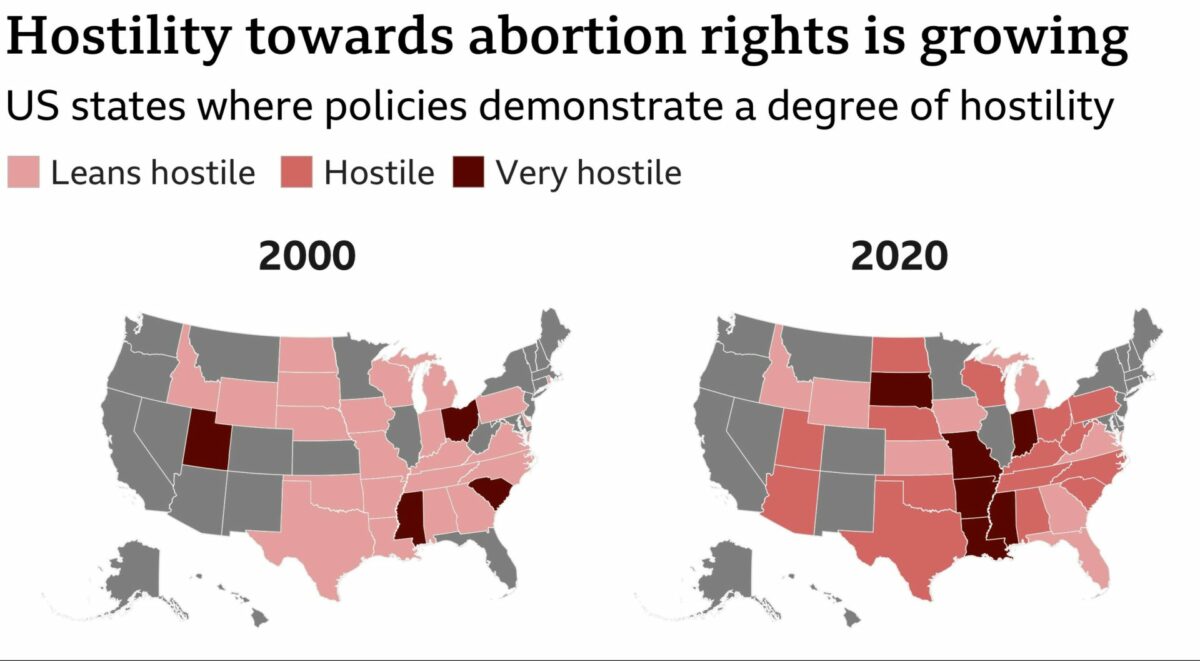There has been a decimation to abortion access across the south and now with the new restrictions they are going to be even more prevalent. Providers are more strained than ever as they have to reconfigure and find a way to provide access to safe abortion in this severely restricted area.

Abortion rights in the United States have been an intensively debated topic. There has been a decimation to abortion access across South USA and now with the implementation of new restrictions they are going to be further prevalent and cannot to be taken lightly.
Providers are more strained than ever as they have to reconfigure and find a way to provide access to safe abortion in this severely restricted area. Citizens are protesting over this and the only way ahead for this conundrum is creation of policies that don’t restrict citizen’s rights and ensure their priority.
The mayhem ensued due to these abortion restrictions
As appointments pile up and physicians try to comprehend the new restrictions, pending prohibitions at various stages of pregnancy especially in North Carolina, South Carolina, and Florida—states that had already been holdouts to allowing greater access to the procedure—now threaten to further postpone abortions.
In light of the “decimation of abortion access across the South,” according to Jenny Black, president of Planned Parenthood South Atlantic, providers have had to quickly figure out how to comply with the pending laws.

She said, “There’s really not going to be any way for the entire abortion-providing ecosystem to manage it all.”
With everlasting mayhem, it is the government’s duty to put the citizen’s right at the forefront and ensure that their rights are protected at all costs and relevant information is transmitted to ensure smooth transition.
The implications of these abortion restrictions
The Society for Family Planning reported growing abortion rates in states close to those with the strictest restrictions but where abortion had remained mostly legal in a research published in early April. The states with the largest increases were Florida and North Carolina, both of which also happen to be those where additional restrictions are expected.

Additionally, it had been clear that South Carolina was a popular location for those seeking abortions. After the state’s highest court lifted earlier limits, preliminary state Health Department statistics revealed greater numbers of out-of-state patients.
According to Caitlin Myers, an economics professor at Middlebury College, the situation will alter when a new restriction is put in place.
As a result, Myers said, “It’s likely to send a lot of desperate people seeking abortions even further away, and it’ll cause even more congestion at the facilities that are left to receive them.”
The shifting landscape
This event occurs as several state legislatures begin their first regular sessions following the U.S. Supreme Court’s decision to overturn federal protections for abortion.
Anti-abortion organizations that had long worked to restrict access have welcomed this wave of state-level effort.
On the other hand, as physicians consider what is and isn’t acceptable, this evolving picture has increased ambiguity among providers, preventing them from extending their services, and will certainly prevent myriads of patients from receiving abortions. In other words, the patient’s health and choice is being neglected in this situation.

The new limits, according to North Carolina family physician Erica Pettigrew, would make it much harder for her to guide patients through the system.
The government has announced that many of these policies are designed to have a middle ground approach to encompass both the parties motives, however Pettigrew has noted that the other elements of this statute make this much more restricted, even though the governments like that in North Carolina Republicans have promoted the new 12-week restriction.
We are currently attempting to determine how to interpret the law so that we can abide by it, Pettigrew added at last. There are a lot of unknowns that need to be addressed and cleared out, however the bottom line is that it remains to be seen whether these new restrictions will put citizen’s rights at the forefront or at the backfoot which goes against the very essence of democracy.













